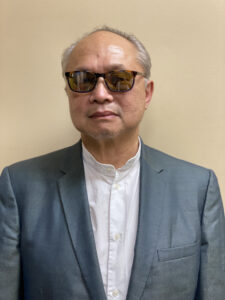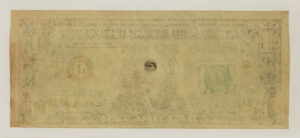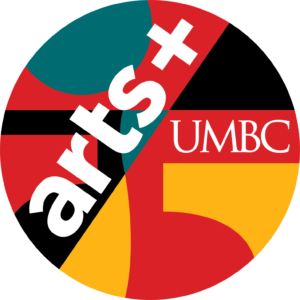Tuesday, October 14, 2025, 5:30 – 6:30 PM, Fine Arts Recital Hall, reception to follow
Venue location and campus parking information

Mel Chin (b. Houston, TX) is known for the broad range of approaches in his art, including works that require multi-disciplinary, collaborative teamwork and works that enlist science as an aesthetic component to developing complex ideas. Chin uses technology, collage, sculpture, and large-scale installations to create a body of work centered around environmental, political, and social issues, inserting art into unlikely places and forms, including video games, destroyed homes, toxic landfills, and popular television. Interested in creating greater social awareness and responsibility, and making a place for possible political transformation, Chin engages wide-ranging communities in the conception, execution, and success of his work.
In 1990, Chin created and implemented Revival Field, a pioneer in the field of “green remediation,” the use of plants to remove toxic, heavy metals from the soil. In 1993, Chin marked the success of the project by harvesting samples that showed the impact of hyperaccumulators on the land and helped confirm a scientific technology. The renewed ecology of the land is the work of art. From 1995-98 Chin formed the collective the GALA Committee that produced In the Name of the Place, a public art project conducted on the American prime-time television show Melrose Place. Over several seasons, artworks placed on the set strategically highlighted relevant issues such as reproductive rights, HIV/AIDS, the Gulf War, and domestic terrorism. In KNOWMAD (2000), the artist collaborated with software engineers to create a video game centered around a series of tribal rugs from Central Asia. With different obstacle courses to complete, the video game offers a digital reweaving of patterns that have been around for hundreds of years, with cultures now on the brink of extinction. The Fundred Project, which began as Operation Paydirt, was active from 2006 – 2019 when the (nearly half-a-million) drawings were gifted to the Brooklyn Museum. This was an artist-initiated project inviting children, families and communities to imagine, express and actualize a future free of childhood lead-poisoning. The Fundred Project, was a creative campaign advancing public education and community engagement through the creation and collection of Fundreds – original, hand-drawn interpretations of $100 bills. In 2018, Chin presented Unmoored and Wake in NYC’s Times Square, creating a visual portal into a future of rising waters, in conjunction with his 40-year-survey exhibition at the Queens Museum. Chin is one of the artists featured in the first year of the ongoing PBS Series art21: Art of the 21st Century.

Chin has received honorary doctorate degrees from the Maryland Institute College of Art, Rhode Island School of Design, and the University of North Carolina, Asheville, among others. He has been a visiting professor and fellow at several universities, including the Massachusetts Institute of Technology, George Washington University, University of Michigan, and University of Georgia. Chin is the recipient of numerous grants and awards including from the National Endowment for the Arts, New York State Council for the Arts, Art Matters, Creative Capital, Pollock/Krasner, Joan Mitchell, Rockefeller Foundation, Louis Comfort Tiffany Foundation, and the Nancy Graves Foundation. He was awarded a United States Artist Fellowship in 2010 and in 2019, Chin was awarded the MacArthur “Genius” Fellowship. In 2024, Chin was given the Hiroshima Art Prize. Established by the City of Hiroshima in 1989, the prize recognizes the achievements of artists who have contributed to the peace of humanity through art. His work is in the permanent collections of the National Gallery of Art, Museum of Modern Art, High Museum of Art, the Menil Collection, the Museum of Fine Arts, Houston, the Whitney Museum of American Art, and the Cantor Art Center at Stanford University, among others.
